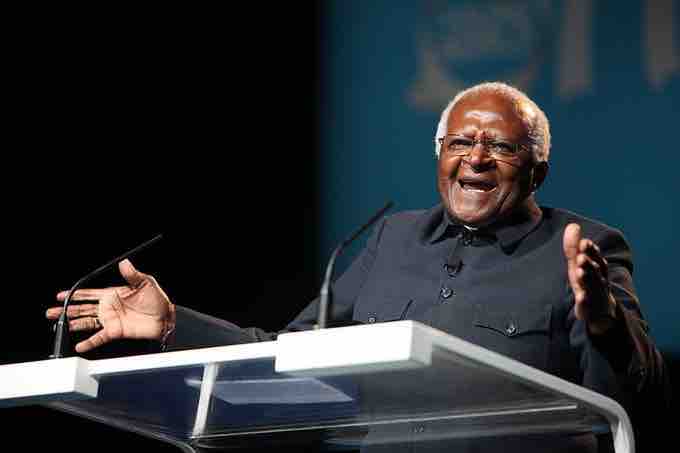Kinesics
Kinesics is the study of body movement and expression such as waving, pointing, touching, and slouching. The movement of the body conveys many specific meanings to an audience but can be misinterpreted in an intercultural setting.
Body Movement can Support the Message
You can use your body to communicate positively with the audience. Hamlet's advice to the players in Shakespeare's Hamlet in 1601 has merit today: Suit the action to the word, the word to the action, with this special observance, that you o'erstep not the modesty of nature.
Consider some examples of how you might naturally support your delivery.
- Upper body toward the audience - You might want to lean into the audience to bridge the space of separation.
- Feet and legs - You may move purposefully from one side to the other to show a transition from one point to another.
- Arms and chest- If you cross your arms in front of you, what does this mean to the audience? It could be construed as confrontational or that are you in deep thought about a question from an audience member.
- Stand still without movement - If you are listening to a question, you can stand still without movement to show your interest.
Body Movements can Distract from the Message
Just as natural body movements can strengthen the message, unnecessary movements can distract from delivery. Here are some examples of movements which distract:
- Swaying back and forth - If you sway back and forth at the lectern or podium in a pattern without purpose, the audience may follow the movement rather than the message.
- Pacing from one side to other - If you pace from one side of the front of the room to the other meaninglessly, the audience will follow the movement.
- Moving a hand repetitively - If you use your hand to move your hair out of your eyes constantly while speaking, the audience will focus on the movement rather than what you are saying.
Tips for the Speaker
- Have a friend observe or record you while you speak. Review the recording for distracting, repetitive movements.
- Remember to strive for natural movements of the body. Body movements that are planned and mechanical will call undue attention to you and distract.
- If you are having difficulty focusing while speaking you might consider mind-body exercises which combine body movement with mental focus and controlled breathing.
Gestures
A gesture is a form of non-verbal communication in which visible bodily actions communicate particular messages such as the open gesture of Desmond Tutu . Gestures may be made with almost any movable part of the body. Our focus will be speech related gestures, primarily of the hand and arm. Gestures can be categorized as either speech independent or speech related.

Desmond Tutu at One Young World
Desmond Tutu gestures with his hands wide apart in an open body position.
- Speech-independent gestures depend upon culturally accepted interpretation and have a direct verbal translation. A wave or a V for a peace sign are examples of speech-independent gestures.
- Speech-related gestures are used in parallel with verbal speech. This form of nonverbal communication is used to emphasize the message. Speech-related gestures are intended to provide supplemental information to a verbal message such as pointing to an object of discussion.
Gestures can Support the Message
A speech-related gesture is an outward expression of an inward condition. It is merely the effect of a mental or an emotional impulse expressed physically. You may rarely know in advance what gestures you will use to make a point. You may use one gesture to support your message one day and another on a different day. The gesture is subordinate to the message. You might count off the points on your finger, you may point with your full arm extended to some object or direction, you may outline sizes and shapes, or you might use a gesture to show emphasis.
Unnatural Gestures can Distract from the Message
You may develop a repertoire of gestures for different purposes, but remember the most natural gesture is one that is motivated by the content of your message. It does not call attention to itself, but flows naturally with the message. If you are troubled by your gestures, or a lack of gestures, attend to the cause, not the effect. It will not help matters to tack a few mechanical movements onto your delivery.
Tips for the Speaker
- Make sure that the audience can see your hands above the lectern. Hold you hands at least waist-high and make sure to put your notes or other objects on the lectern so your hands are free to move.
- Hold your hands at least waist-high throughout your entire presentation; this will increase the likelihood that you'll gesture spontaneously at least once in a while.